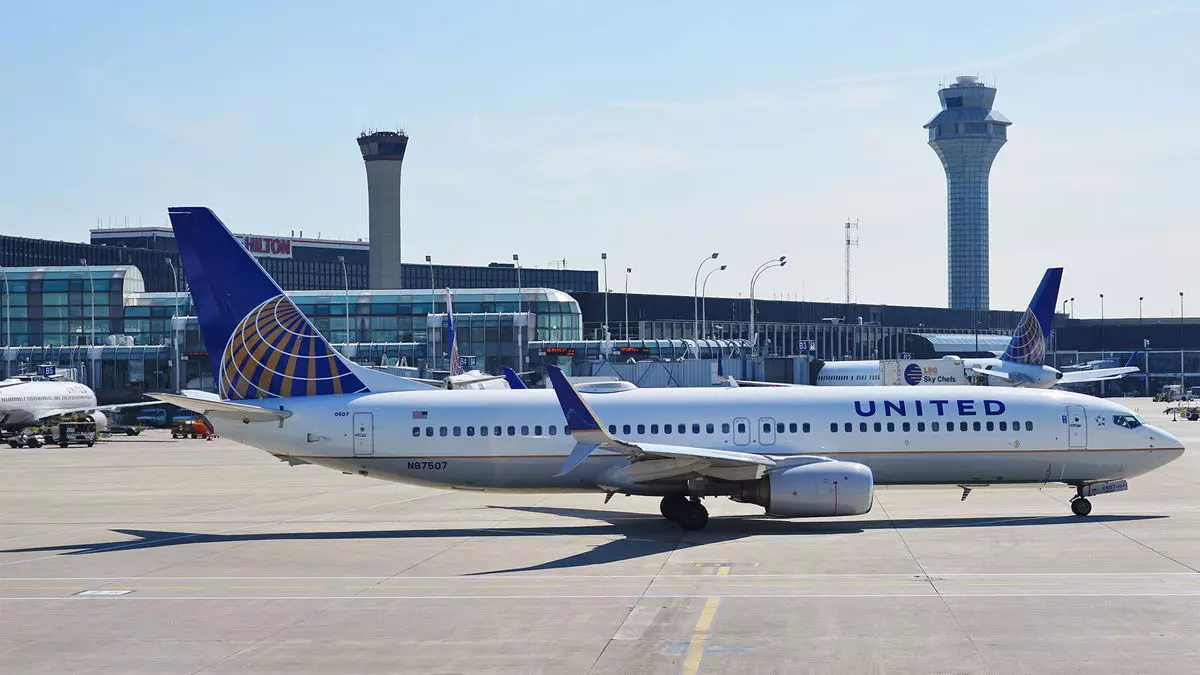The ongoing legal dispute between American Airlines, the city of Chicago, and United Airlines has significant implications for the competitive landscape at Chicago O’Hare International Airport, the fourth busiest airport in the U.S. As American Airlines takes a stand against a proposed gate redistribution plan by the city that could further entrench United Airlines’ dominance, the outcome of this case may alter the dynamics of air travel in a major metropolitan hub. The stakes are high as both airlines rely heavily on O’Hare for their operations—United using 90 gates and American 71, as per recent data from the Chicago Department of Aviation.
The proposed redistribution, part of a broader framework established during a 2018 lease negotiation, has stirred controversy, particularly from American, which contends that the city’s timeline is skewed. If the city’s recommendations come to fruition, United could secure an additional five gates, pushing the balance of power even further in its favor while American faces a potential loss of four gates. With United’s aggressive post-pandemic recovery, gaining as many as ten additional gates could signal a paradigm shift at one of America’s busiest transit hubs.
Understanding the Impacts of Gate Allocation
The process of gate allocation at O’Hare is foundational to understanding why American Airlines finds itself in a precarious situation. The mechanics of this system are grounded in how airlines have utilized their gates over the previous calendar year. American argues that a premature assessment—driven by the eviction of additional gates as a result of expansion projects—contravenes their agreement with the city, thereby jeopardizing their position at O’Hare just as they are ramping up their service. Their contention is not merely procedural; it embodies a larger struggle for market share in a highly competitive environment.
Given that this proposed redistribution could take effect as early as October, the timeline adds urgency to American’s legal challenge. The underlying tension revolves around the timing of launching the reassessment process—just after the activation of crucial new gates that American had fought to secure. If the court favors American, they may gain the opportunity to maintain or even enhance their position in the larger market, thereby stabilizing their operational capabilities at O’Hare.
United Airlines’ Post-Pandemic Resurgence
The competitive inertia at O’Hare has noticeably tilted in favor of United Airlines since the onset of recovery from Covid-19. While American Airlines struggles to keep pace, showcasing a seat count reduction of 24.3% compared to 2019 levels, United has turned the tide with a staggering recovery, operating at 99.2% of its pre-pandemic seat count. According to flight schedule data from Cirium, United’s dominance is being consolidated, as it plans to fly 10.2% more seats this summer relative to last year, firmly establishing it as a market leader.
United’s rapid recovery can be attributed to efficient management strategies and strong brand loyalty, positioning it well against American, which is also attempting to boost its flight offerings by 20.9%. Still, the disparities in growth reveal a critical gap in airline strategy. With United’s increasing gates and passenger miles yielding higher revenues—13% better than American’s per-passenger-mile in Q4 2024—United’s grip on the market becomes ever more confident, as they leverage their newfound odds effectively.
The Legal Battle: More Than Just Gates
At its core, this legal dispute serves as a profound reflection of broader themes within the airline industry—competition, efficiency, and strategic advantage. As the lawsuit unfolds, American Airlines not only seeks to contest the reallocation of a finite resource—airport gates—but is also compelled to reevaluate its strategic positioning and operational tactics in response to a resurgent competitor. The economic reality suggests that retaining and maximizing gate access is synonymous with survival in the cutthroat world of airlines.
American’s reliance on legal strategies highlights the complexities of the aviation landscape, where regulatory frameworks, city partnerships, and user agreements become battlegrounds. The outcome is fraught with implications for both companies and could set precedents influencing future negotiations. If American fails to contend effectively and loses gate access to United, the ramifications might resonate through their entire operational ethos, possibly forcing them to withdraw focus from Chicago—a city vital for their service network.
While this status hearing on June 25 looms, it becomes increasingly clear: the stakes reach far beyond mere gates. They encapsulate the fierce competition and evolving strategies that govern the airline industry in a post-pandemic environment. The outcome may not only reshape the future at O’Hare but also set the momentum for competitive dynamics at airports across the nation.


Leave a Reply